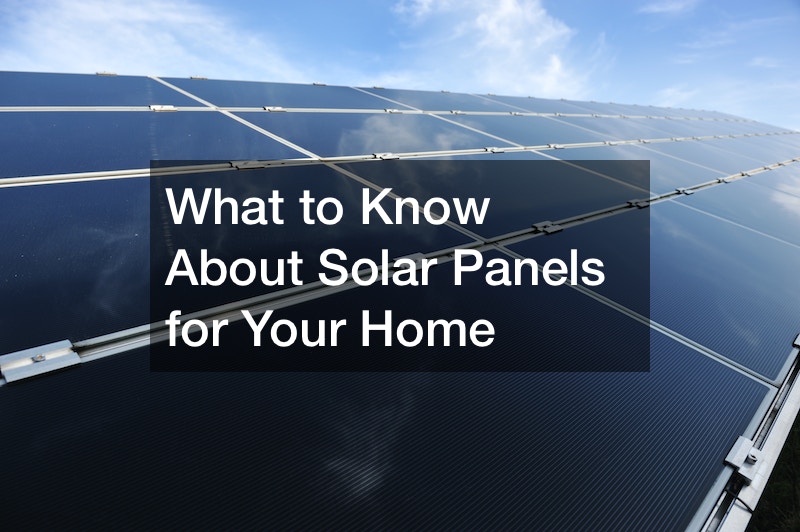Solar power is a free and renewable energy source that harnesses energy from the sun to generate electricity. Here’s a simplified explanation of how solar power works:
Solar panels, or photovoltaic (PV) panels, are the key component of a solar power system. These panels contain numerous photovoltaic cells made of semiconductor materials such as silicon.
When sunlight hits these cells, it excites the electrons, creating an electric current.
The direct current (DC) generated by the PV panels is then converted into alternating current (AC) using an inverter. AC is the form of electricity used in our homes and businesses. The inverter ensures that the electricity produced by the solar panels is compatible with the electrical grid and can be used to power household appliances and devices.
Solar power systems can be connected to the electrical grid through a process called grid-tied or grid-connected systems. Excess electricity that’s generated by the PV panels can be transferred back into the grid, earning credits or reducing the homeowner’s electricity bills. During periods when solar energy production is low (like at night), electricity is drawn from the grid to meet the demand.
Solar power offers numerous benefits, including reduced dependence on fossil fuels, lower electricity bills, and environmental sustainability. As technology advances and panels continue decreasing in cost, solar power is fast becoming popular for homeowners who want a more sustainable energy solution.
